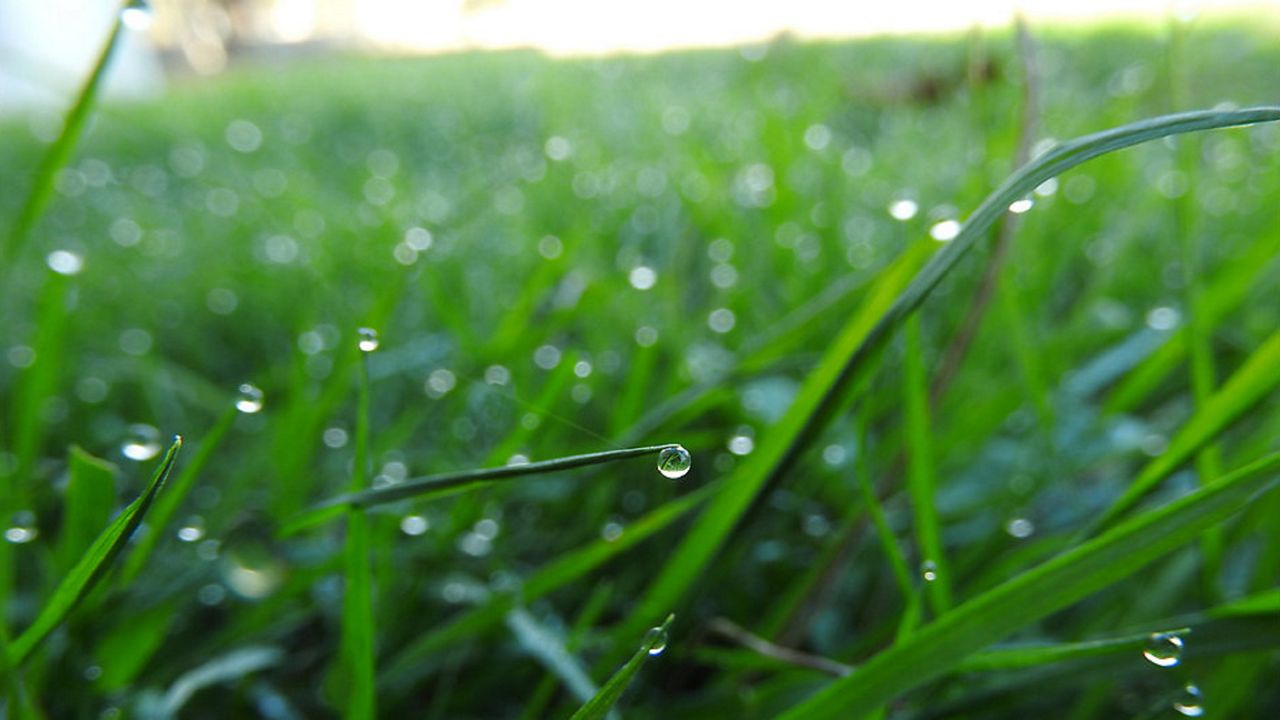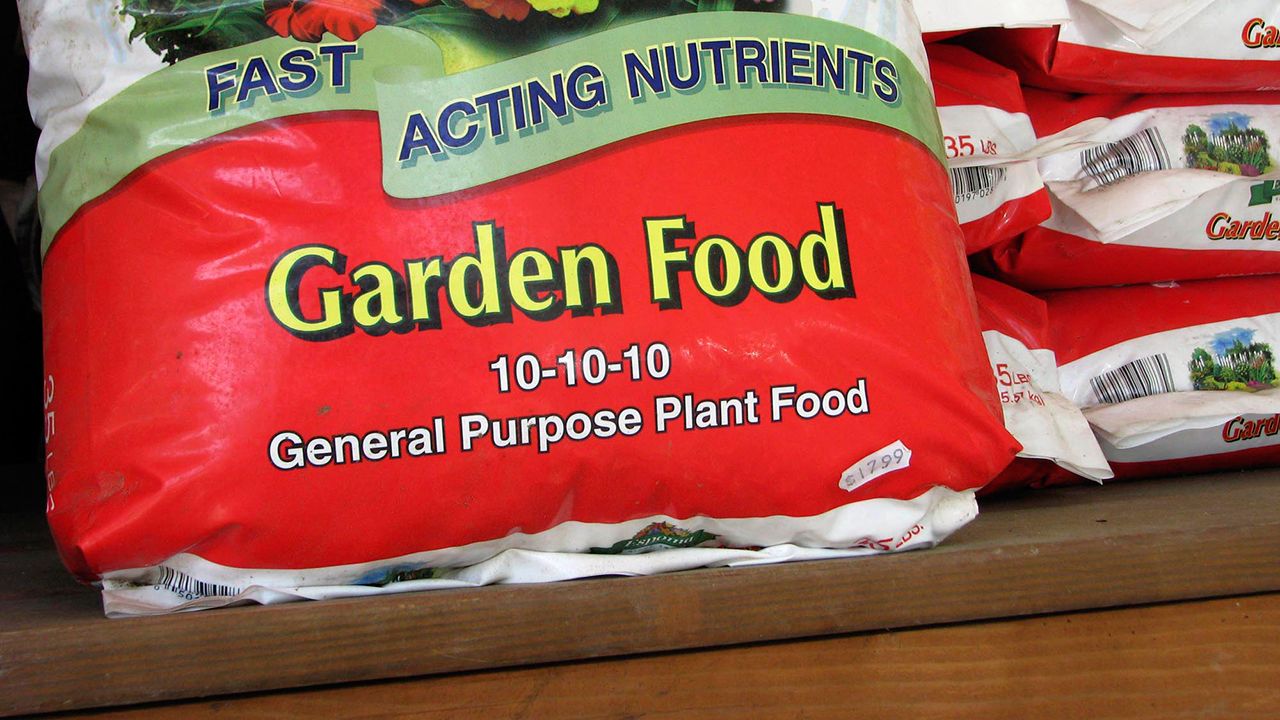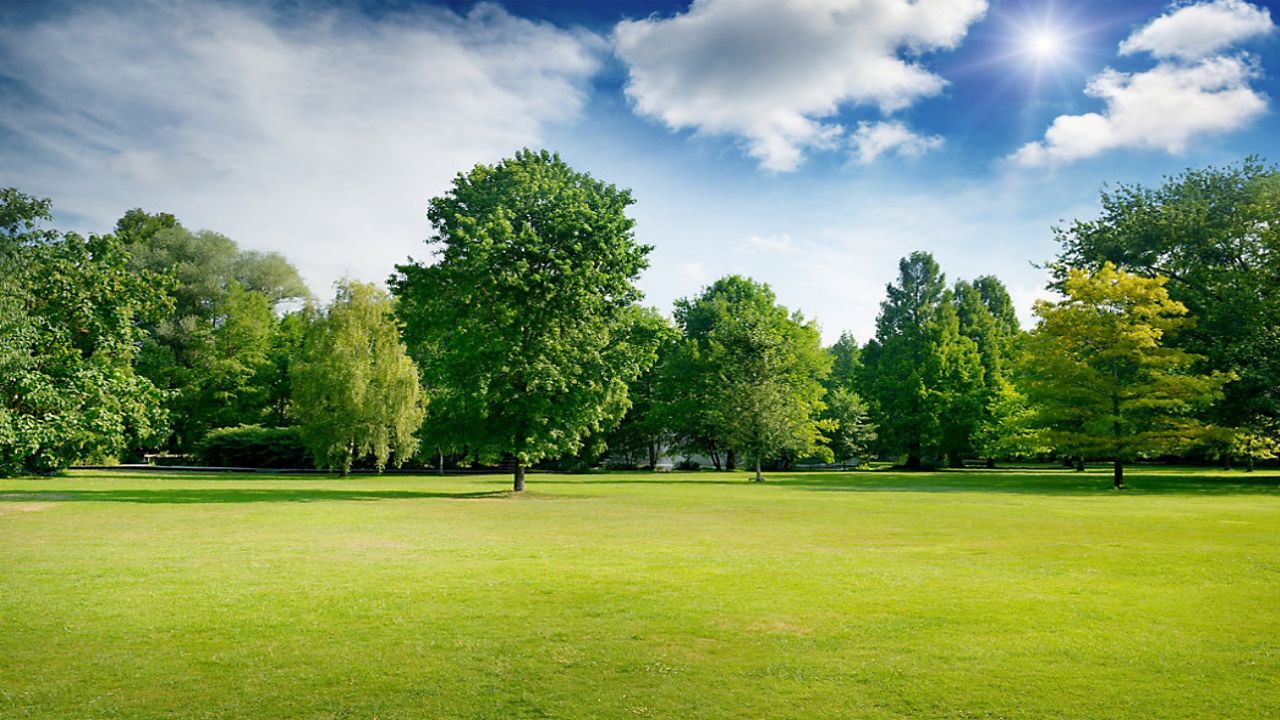I wrote about crabgrass prevention in part 1 and dealing with weeds in part 2.
In part 3, we look at summer fertilizer and spot treatment of weeds now that we’ve reached the point of the year where a summer fertilizer can benefit your lawn.
We’re just about to the point where weed applications are becoming less effective. The warmer days and extended periods of dry weather are both factors that make weed control less effective.
You can still spot treat with liquid, but some weeds are tough to knock down this time of year. You may have to hit them with spray multiple times or pull them.
If you have a problem with chinch bugs or grubs, you will want something to get rid of those pests, but that will come later in the season. It will be more towards the third week of July and continue through August.
With any of the treatments you apply from this point on, you have to make sure your lawn isn’t already too dry. In this situation, a fertilizer will stress your lawn further and not make it green. It can even burn your lawn.
It’s good to check your weather forecast and plan your application around widespread rain. If hit-or-miss showers are in the forecast, you will likely need to water in the fertilizer since there is no guarantee you’ll see any rain at your house.

Do not fertilize if you expect heavy rainfall within two days of application.
If your lawn is dry, skip the fertilizer. If it is lush and green, you can also probably skip it.
There is no benefit to applying more fertilizer than your lawn requires. Too much fertilizer can damage your lawn, harm the environment and be a waste of money.
If your lawn is thick with desirable grasses, has a pleasing color and an acceptable level of weeds, it does not need additional fertilizer. Your lawn gets enough nutrients released from previous fertilization, the soil and the clippings after mowing.
If your lawn isn’t where you want it to be, fertilizer can provide nutrients not adequately supplied by natural soil processes.
Proper fertilizer applications will, in many cases, improve the quality of your lawn, crowd out weeds and help it withstand and recover from wear and tear and heat and drought. Just don't overdo it.
If you fertilize regularly and aren’t getting the desired results, you may want to check the pH of your soil.
Soil pH measures the acidity or alkalinity of the soil. Optimal pH is in the 6.0 to 7.5 range. You can use a lime treatment to raise pH when it’s lower than 6, while sulfur or acidifying fertilizers can lower soil pH when it’s above 7.5.
Lawns that have many trees with roots sticking up above the soil with little to no grass growing under them is a tough situation to remedy and beyond the scope of this blog.
As for application, it’s always best to carefully follow the instructions on the bag. If you are using a rotary spreader, the rule of thumb is to make sure you hit the wheel track closest to you with the outer edge of fertilizer spray with each pass.
Don’t overdo it because you can burn spots on your lawn if you get too much fertilizer on those spots. Also, keep moving if you have the shoot open and fertilizer is coming out to avoid causing burn spots on your lawn.
Every bag of fertilizer will have three numbers on it that look something like this: 30 – 5 – 10. These numbers represent the percentage of nitrogen, phosphorous and potassium (potash) in the fertilizer.

Generally, nitrogen will green the grass and cause it to grow (sometimes rapidly). Phosphorous promotes root growth and seedling vigor. It’s best to put this into the soil before planting seeds so as new grass grows, the roots access this nutrient.
Many soils in our region already contain a sufficient amount of phosphorous. Potassium regulates water use efficiency and improves stress tolerance.
Nitrogen will usually contain quick-release and slow-release elements. Unless the bag states otherwise, you can calculate the percentage of slow-release by dividing the total amount of nitrogen in the fertilizer in half. Quick-release elements are ready to feed the grass almost immediately, while the slow-release elements have a coating and will feed grass over time.
Quick-release elements are water soluble and if overapplied, watered excessively or applied before heavy rain, they can leach beyond the root zone and end up in the groundwater and negatively impact water quality.
Phosphorous runoff from lawns can contribute to algae blooms and reduce oxygen levels in the water, killing fish. So, it’s important to follow the instructions listed on the bag.
There are also state laws that regulate fertilizer applications near water. For example, applying any fertilizer within 20 feet of a body of water is restricted by law. You must use a drop or shielded spreader and be no closer than 3 feet from the water.
Also, you need to immediately clean any fertilizer pellets that end up on pavement according to state law.
If you only apply fertilizer once for the year, the most beneficial time for your lawn is during the fall.




